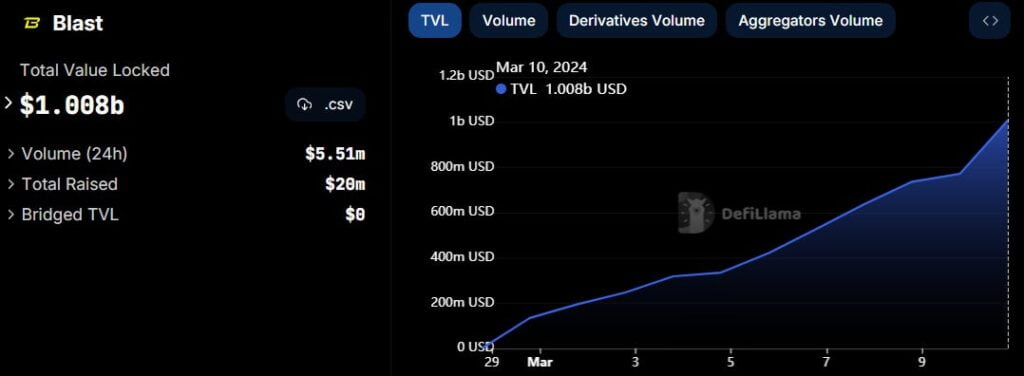Research Summary
The report discusses Ethena Labs’ synthetic dollar protocol, USDe, which offers a 27% APY on a stablecoin. It explores the protocol’s design, yield generation, and risk factors. The report also highlights the role of stablecoins in the DeFi space and the challenges they face. It mentions Ethena’s partnerships and future plans, including an upcoming airdrop.
Key Takeaways
USDe: A Stablecoin Solution
- USDe’s Unique Design: Ethena Labs’ USDe aims to be a crypto-native solution for money that doesn’t rely on traditional banking systems. It is designed to be censorship-resistant, scalable, and stable, backed by delta-hedging staked Ethereum collateral. The stability of the USDe peg is maintained through delta hedging derivatives positions against protocol-held collateral and a mint and redeem arbitrage mechanism.
- Yield Generation: Ethena Labs generates yield from staking Ethereum (3.5% APR) and from the delta hedging derivatives positions (5-20% APR), with the potential for both floating and fixed yields. Users staking USDe for sUSDe accrue protocol yield automatically, with the amount of sUSDe received depending on the deposit size and timing.
Stablecoins in DeFi
- Importance and Challenges: Stablecoins are crucial in the crypto ecosystem, with over 90% of orderbook trades and 70% of on-chain settlements being stablecoin denominated. However, they face challenges such as custodial risks, reliance on banking infrastructure, potential censorship, scalability issues, and lack of embedded yield.
- USDe’s Approach: USDe aims to address these issues by using derivatives for scalability, ensuring stability through immediate hedging upon issuance, and maintaining censorship resistance with on-chain, transparent custody solutions.
Risk Factors
- Various Risks: Ethena Labs faces several risks, including funding risk, liquidation risk, custodial risk, exchange failure risk, and collateral risk. These risks stem from factors such as persistent negative funding rates, reliance on third-party custody solutions, dependence on centralized exchanges, and the liquidity risk profile of stETH as collateral.
- Risk Mitigation: Ethena’s insurance fund acts as a backstop during negative yield days, ensuring collateral remains unaffected and stakers do not incur negative yields. The protocol also employs automated peg stability and collateral management strategies to mitigate liquidation risks.
Future Plans and Partnerships
- Upcoming Airdrop: Ethena Labs plans an upcoming airdrop, Ethena Shards, incentivizing participation with farming for 3 months or until $USDe supply reaches $1 billion. Rewards are offered for providing liquidity, locking LP tokens, buying, holding, or staking $USDe.
- Partnerships: The report mentions a partnership with Bybit and highlights Trestle Protocol as a sponsor, which aims to connect Ethereum projects and users to the Celestia ecosystem.
Actionable Insights
- Monitor Ethena Labs’ Performance: Given the high yield offered by Ethena Labs, it would be beneficial to keep a close eye on the protocol’s performance and risk management strategies.
- Consider Participation in Ethena’s Airdrop: The upcoming Ethena Shards airdrop could provide an opportunity for users to earn rewards by participating in various activities such as providing liquidity or staking $USDe.
- Explore Stablecoin Opportunities in DeFi: The report highlights the importance and challenges of stablecoins in the DeFi space. It could be worthwhile to explore opportunities related to stablecoins in this rapidly evolving sector.
- Assess Risks Associated with Ethena Labs: The report outlines several risks associated with Ethena Labs, including funding risk, liquidation risk, and custodial risk. These should be carefully assessed before engaging with the protocol.







